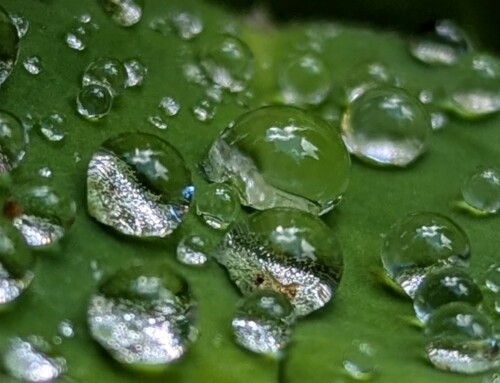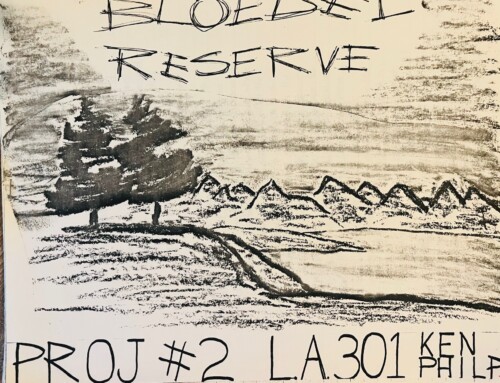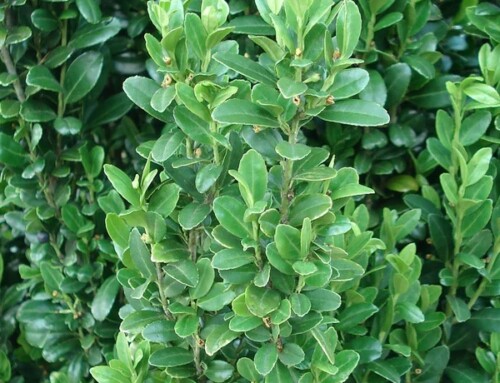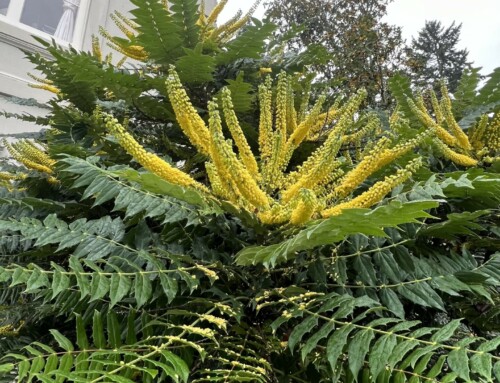Mushrooms at Work: The Red-belt Conk
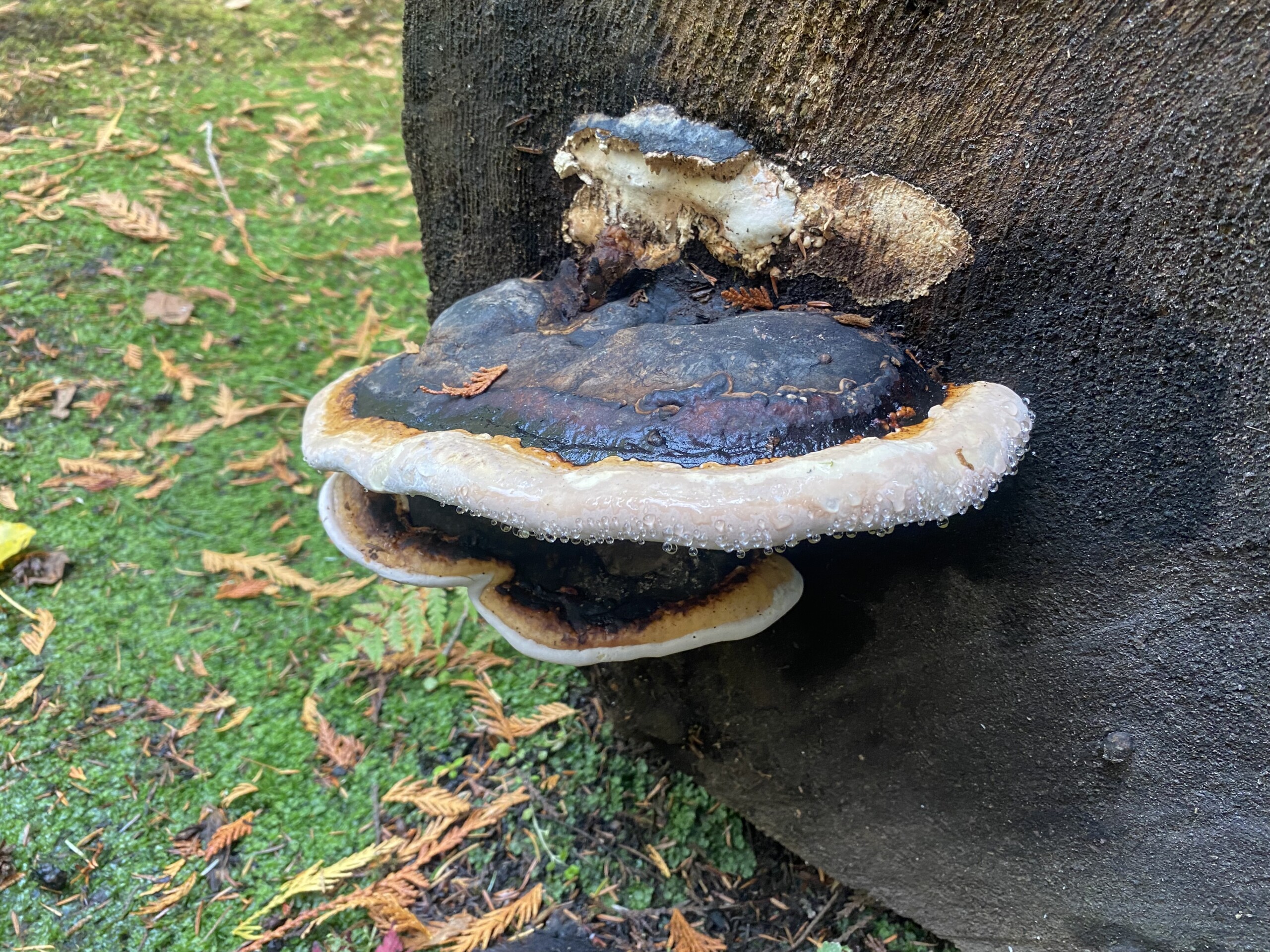 A common autumn sight at Bloedel Reserve in the fall is a mushroom called Red-belt Conk. Conks are “shelf” mushrooms growing out of the side of tree trunks, stumps, or fallen logs. While this species is inedible, it plays an important ecological role in our woodlands. It also adds to the fairytale nature of the forest at Bloedel.
A common autumn sight at Bloedel Reserve in the fall is a mushroom called Red-belt Conk. Conks are “shelf” mushrooms growing out of the side of tree trunks, stumps, or fallen logs. While this species is inedible, it plays an important ecological role in our woodlands. It also adds to the fairytale nature of the forest at Bloedel.
At Bloedel Reserve, Red-belt Conk is most likely to be encountered along trails in wooded areas on fallen logs and stumps. A nice collection is found in the moss garden on some downed logs along the paved road.
This conk in North America has been historically referred to as Fomitopsis pinicola, but recent genetic studies indicate that this species occurs strictly in parts of Europe and Asia. Bloedel’s species may be one of at least three other species of Fomitopsis.
The name “Red-belt” refers to a red-colored band between a white edge and a brown top. However, in specimens at Bloedel this band is more likely to be orange or yellow due to genetic variability. If you find a specimen lacking this colored band, you have probably found a different conk species called Annosum root rot, a common and serious wood rotting disease of conifers.
Red-belt Conk is also capable of causing disease in trees but is generally less serious than Annosum root rot. Instead, Red-belt conk recycles organic matter and nutrients from dead trees back into the soil. Such “recycling” organisms are called saprophytes and are ecological heroes tending to the future health of the forest.
Can you find these beautiful fungi on your walk? They are more than just pretty mushrooms, but nature-in-action and part of a healthy planet.
— Written by Gardens West Manager, Darren Strenge


